"Claude Galle, Superb Pair Of Empire Period Candelabra."
All My furniture and Objects of ArtOn my Website:
https://www.mon-antiquaire.com/
INCLUDING A VIDEO
I am waiting for your visit,
Géraldine Buisson.
This magnificent pair of gilded bronze candelabra from the Empire period presents us, in terms of gilding and scissors, the excellence of French master bronzers (scissors, gilders) under the First Empire.
At a time when superlatives are used excessively to present "classic" pieces, it is appropriate for this pair of candelabra to use some of them.
The superb original gilding and its matt and brilliant contrasts are characteristic of that of Claude Galle.
Like François Rémond, Claude Galle possesses a gilding easily recognizable by amateurs. Just like some connoisseurs place a wine through its dress.
If Claude Galle can be identifiable thanks to his gilding, it is just as much by his artistic way of realizing his characters. The latter always express movement, their aspects are slender.
As Ottomeyer and Pröschel noted in Vergoldete Bronzen, vol. I:
"Claude Galle’s specific style of body modelling is characterized by mannerist elongation of proportions and an effort to express emotion in posture and facial expression"
The two characters of this pair of candelabras, Love and Psyche, perfectly express this. The expression of feelings is subtly transcribed, one feels the modesty and the attraction of the most famous lovers of mythology.
Psyche, the gaze on the butterfly she holds in her hands, evoking purity of soul and innocence.
Love spying on the beautiful, hiding the magic arrow behind his back, no longer knowing if he should use it.
Each character stands next to a beautiful torch forming the base of the four arms of light.
The triangular base with curved side, carved with oil lamps, olive branches, lotus and dolphins. The cut sides ending in claw feet.
This pair of candelabra is in a perfect state of conservation, beautiful original gilding. `
The story of Eros and Psyche can be read as an allegory of the soul shared between fleshly love and divine love .
Loving mythology and its legends, I would like to summarize the story of this legendary couple, as Apuleius narrated it:
Once upon a time (to be able to tell your children) in a distant kingdom, a king and a queen had three daughters who were as beautiful as they were graceful. The youngest was of such extraordinary beauty, so wonderful, that there were no words to express it. The men captivated by the young Psyche forgot the cult of Venus, goddess of love and beauty. She then appealed to her son Cupid to take revenge for the affront. But the god himself succumbs to the charm of the innocent princess: did he inadvertently hurt himself with one of his own arrows or did the purity of Psyche’s soul triumph?
Still, instead of delivering the princess in marriage to the most wretched of mortals, as ordered by her mother Venus, Cupid had Psyche removed from the air and installed her in his enchanted palace, where everything is gold, luxury and voluptuousness. Impalpable voices listen to the girl’s every desire; every night, her mysterious husband fills her with happiness. She quickly becomes pregnant. But she misses her family. She gets to see her parents again and bring her sisters, provided she never tries to see her husband’s face.
Of course, her sisters immediately envy her life worthy of a goddess. They insinuate that her husband is only a monster, so terrible that he fears to be seen. Psyche, tortured by doubt, wants to know for sure. Equipped with an oil lamp to light the beast and a dagger to kill it, she surprises Cupid in the first sleep after love. And it’s glare! But a drop of oil falls from the lamp and the wounded god disappears forever.
Long wanderings follow for the grieving Psyche: she seeks help from Juno, then from Ceres, and finally gives herself to Venus. She becomes the slave of her "mother-in-law" who floats her and subjects her to trials worthy of the exploits of Hercules: after having sorted mountains of seeds and brought back the gold wool of anthropophagous sheep, she must collect the waters of the Styx, the infernal river at its source. To finish, he still has to go down to Hell to ask Proserpine, the wife of Pluto, sovereign of the underground kingdom, the secret of his beauty, locked in a box given by Venus.
Beautiful and kind as she always is, Psyche is not lacking in help: ants, trees and rivers, a tower and even the eagle of Jupiter spontaneously offer her their services. However, the princess gives in to the legendary feminine curiosity, well known since Pandora, and opens the Proserpine box: she releases deadly vapors that plunge her into a deep sleep, But Cupid comes to revive her by touching her from the tip of one of her arrows. The young god in love obtains from Jupiter that his wife is welcomed at the table of the gods on Olympus. Psyche consumes nectar and ambrosia that make her immortal: she now enjoys eternal bliss alongside her god.
I’m sure this beautiful story made you think of others, more modern, in Disney and others.
This pair of candelabra perfectly illustrates one of the scenes in this story. Did you find it?
Love, coming to carry out his mother’s order, falls under the charm of the beauty and purity of Psyche.
Claude GALLE (1759-1815):
Considered one of the most important bronzers of the late eighteenth and early nineteenth centuries, Claude Galle is today a reference of bronze of neoclassical style. From the beginning of his career, he became a collaborator of famous founders such as Antoine-André Ravrio and Jean Hauré.
This allowed him to participate in the development of bronzes for crown furniture. Under the Consulate, he quickly became Philippe Thomire’s main competitor. He supplied the imperial storage unit, thus furnishing the castles of Compiègne and Fontainebleau. Retiring in 1813, he was replaced by his son Gérard-Jean. These objects, once very appreciated by the English and the Russians, inspired bronze makers such as Andrei Voronikhin (1759-1814) and Friedrich Bergenfeldt (1768-1822). He died in 1815 after having made works that are the pride of large collections.
As for most of my objects and art furniture, I am very attentive to be able to propose them to you in a very low expert estimation value.
My photos are taken in natural light, without going through a photo studio. In this way, you can appreciate this pair of candelabra as close as possible to its reality.
I manage for you the delivery in France as well as internationally.
The shipping methods depend on your location. Contact me to know the amount and prepare the organization of your delivery.
I make sure that a special care is respected for packaging and protection adapted to your purchases.



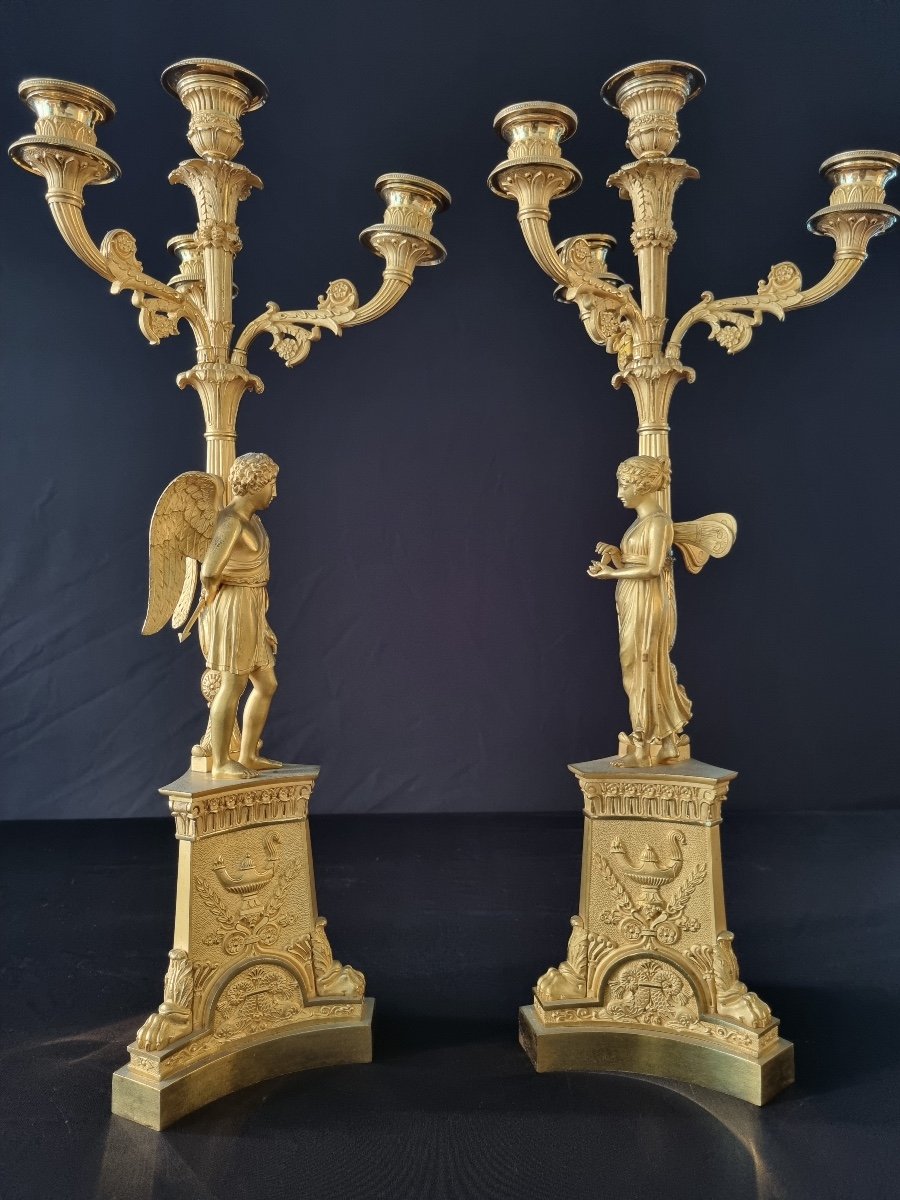
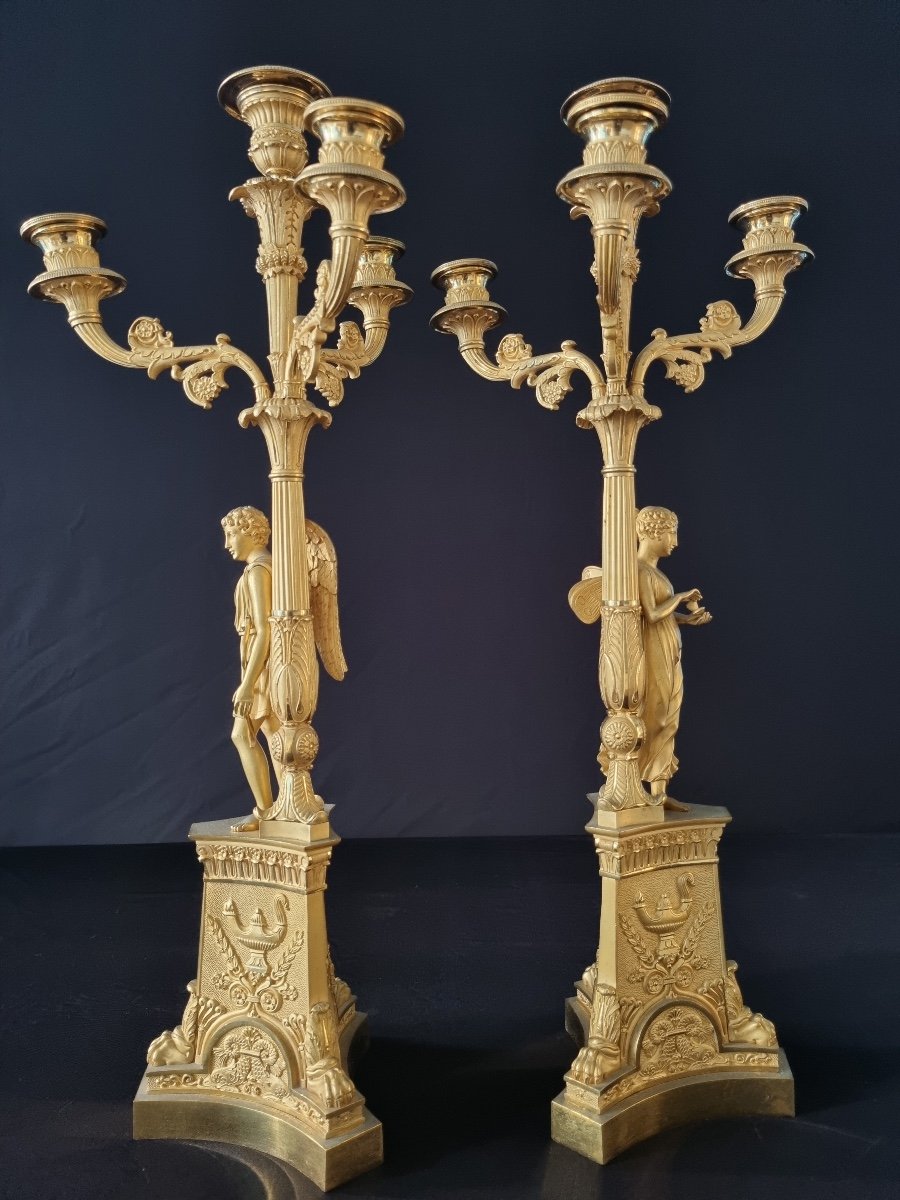
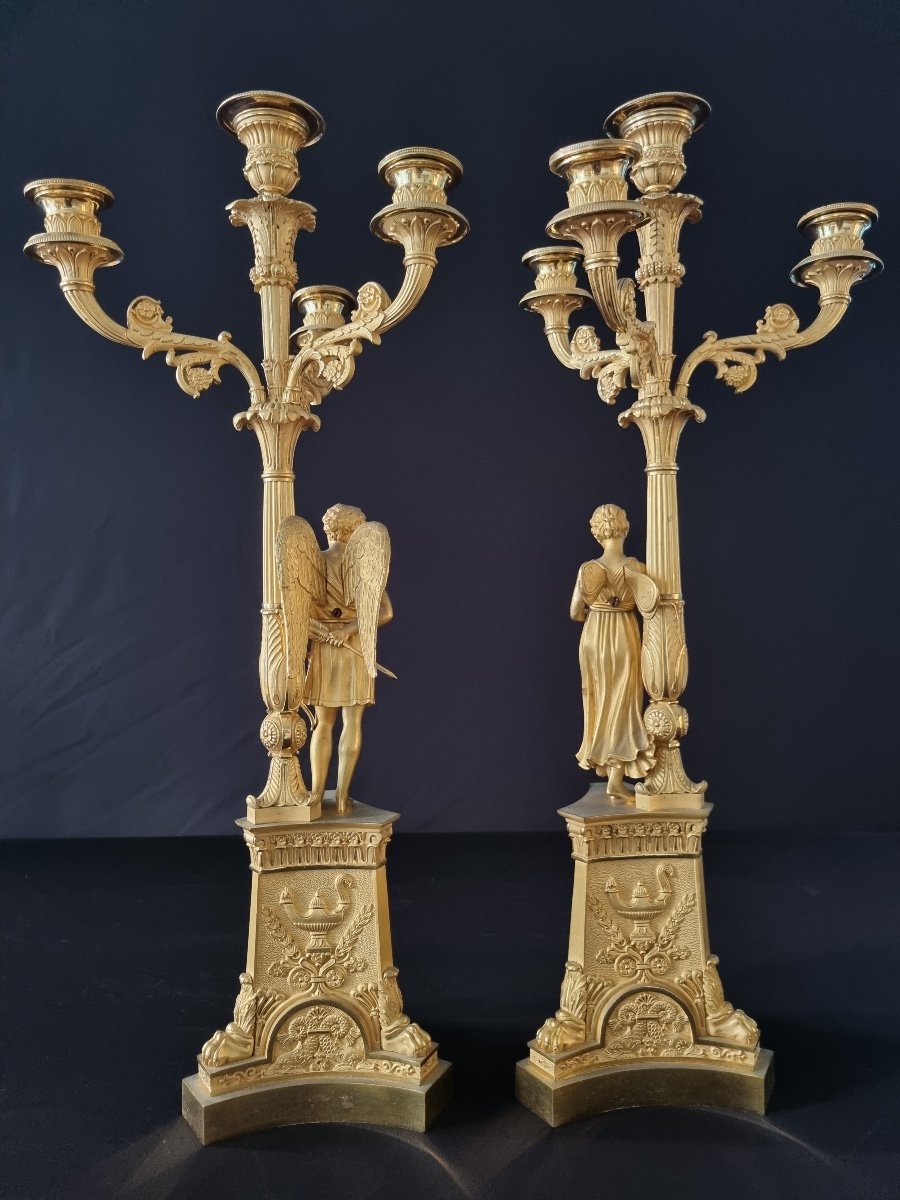
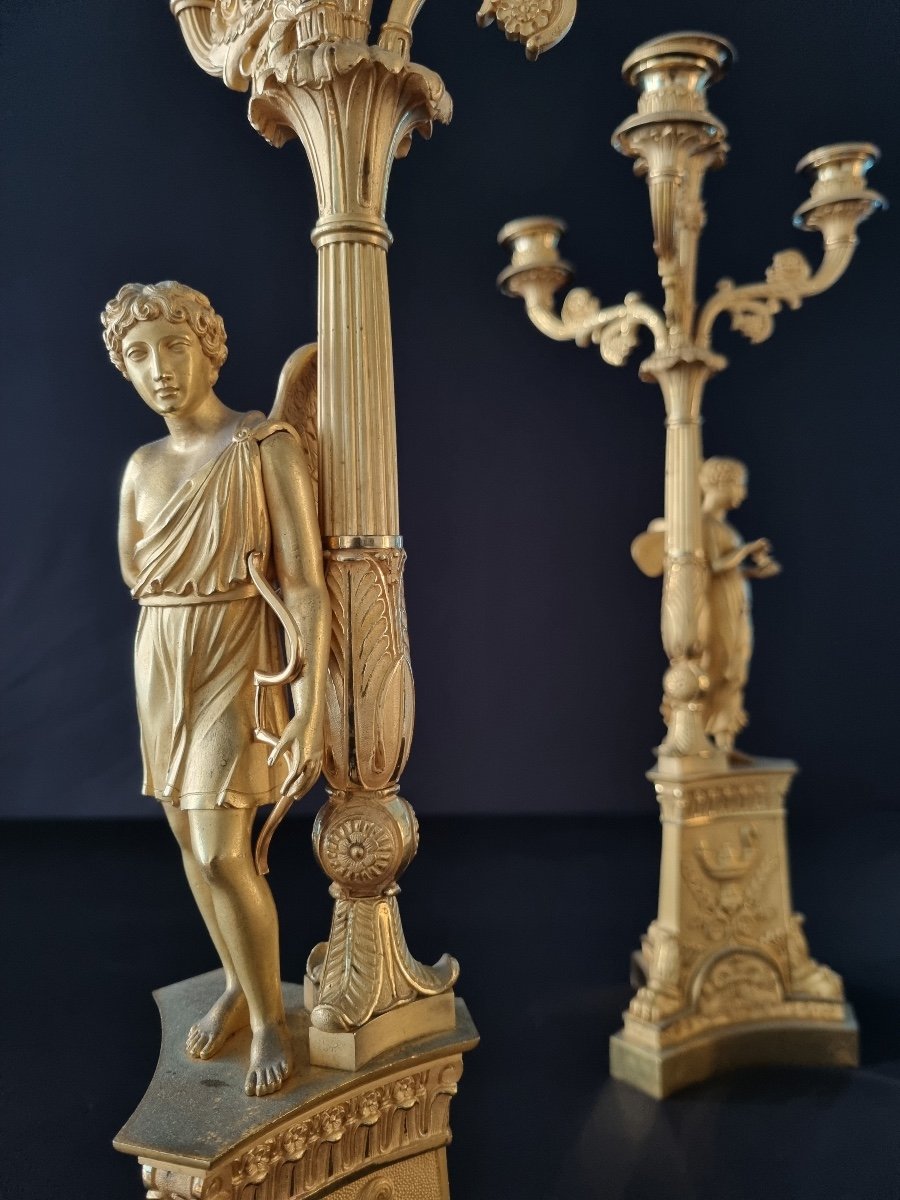
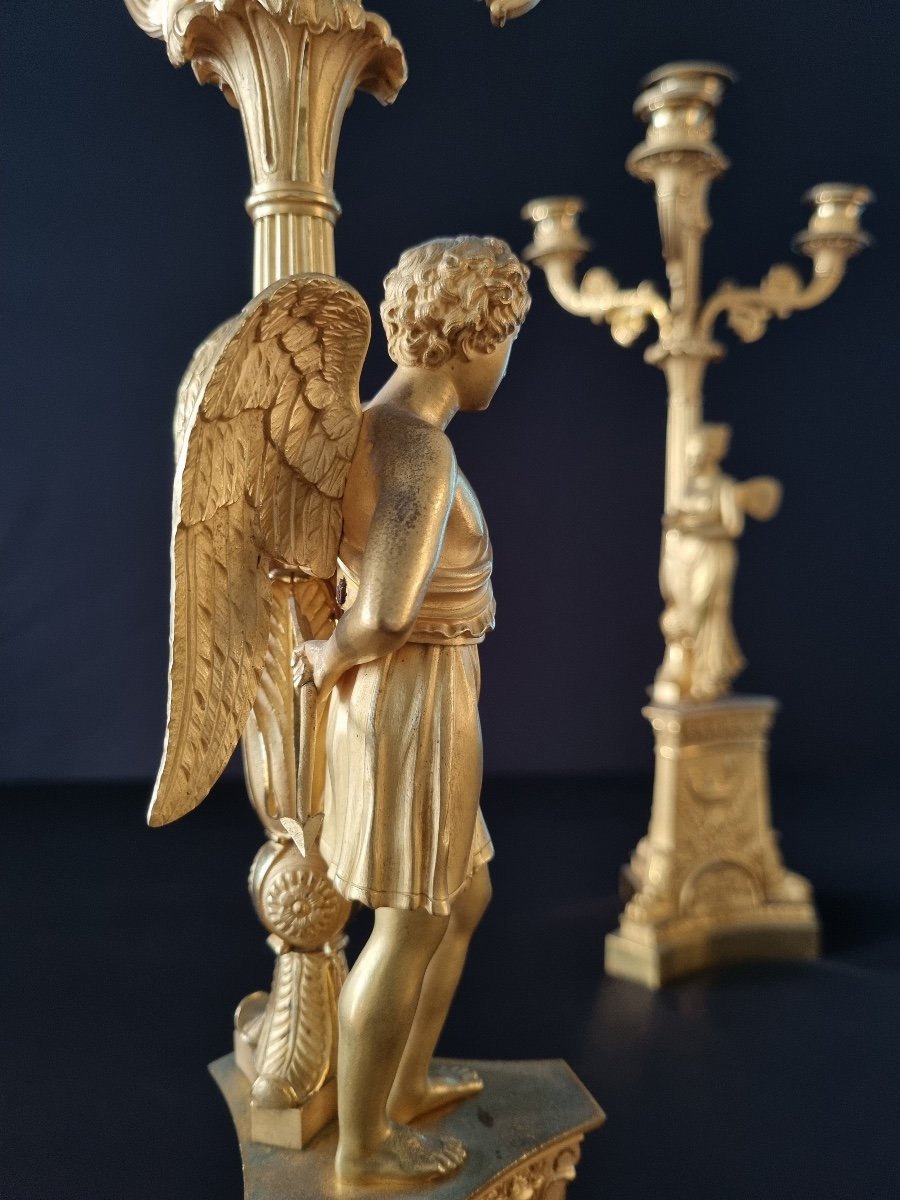
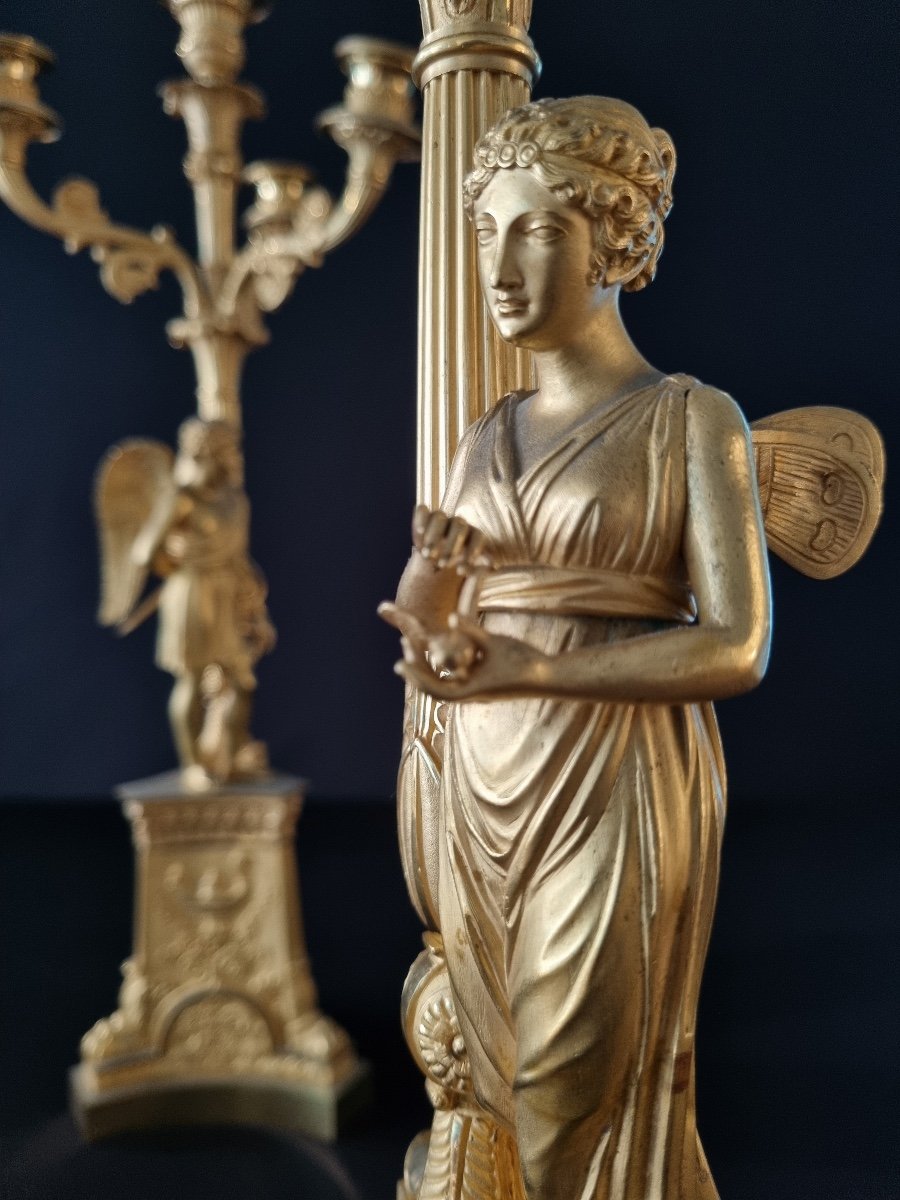
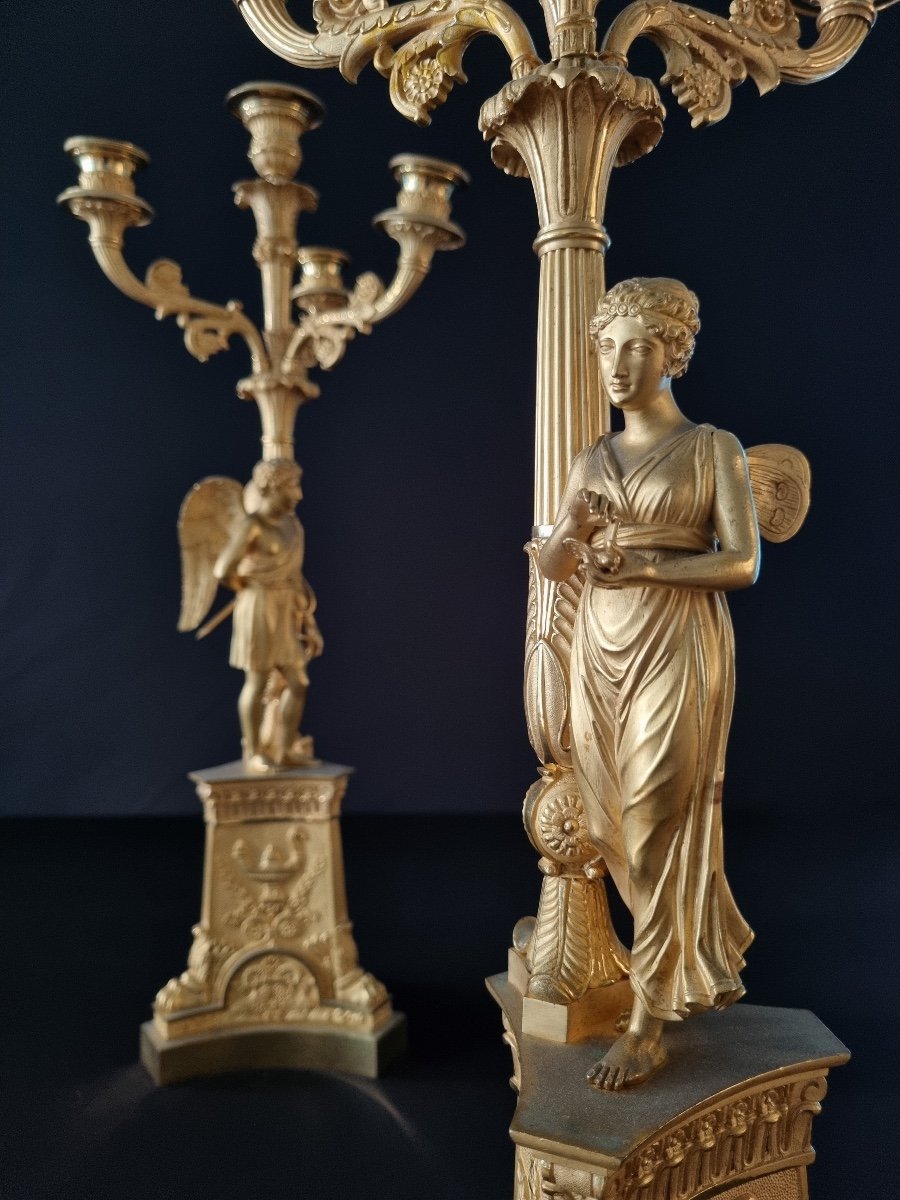


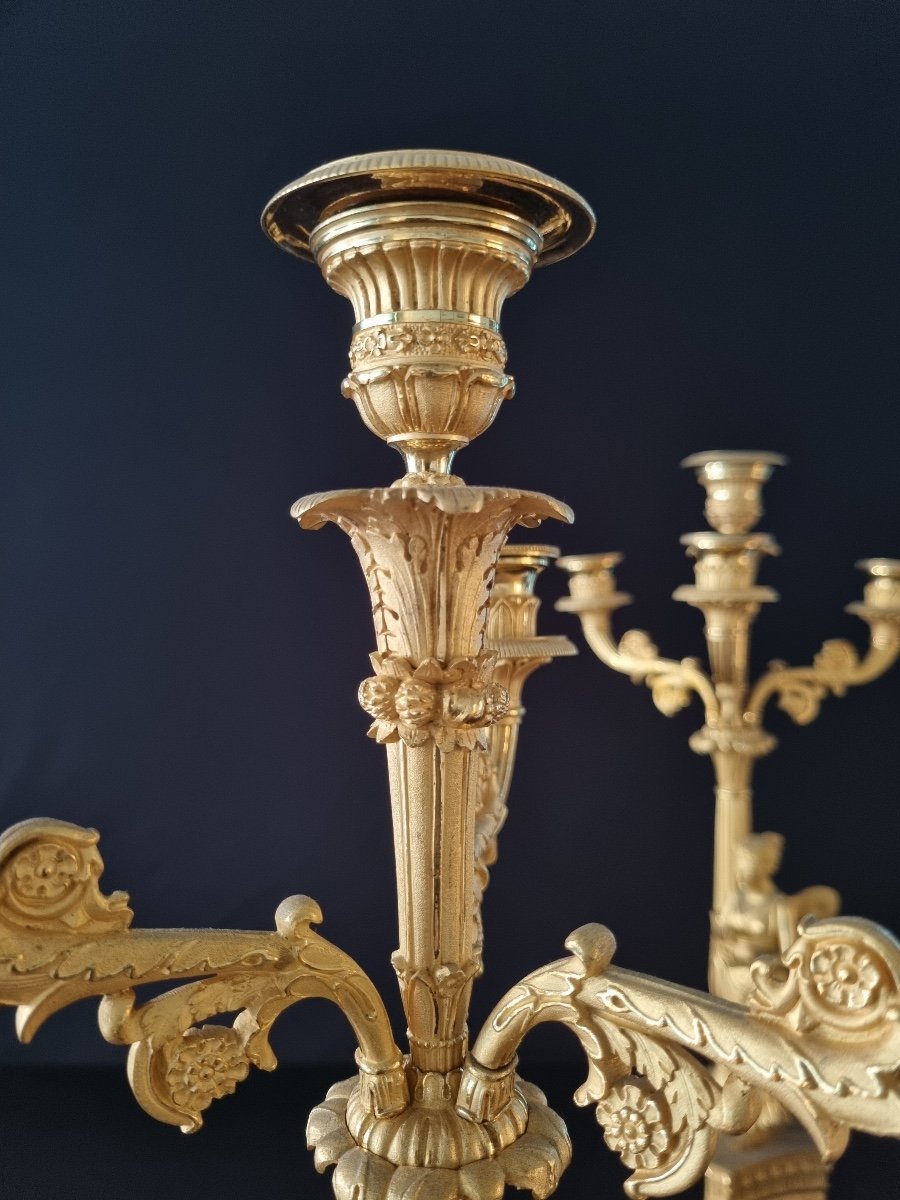














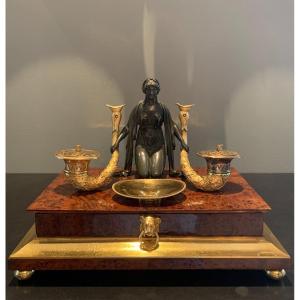
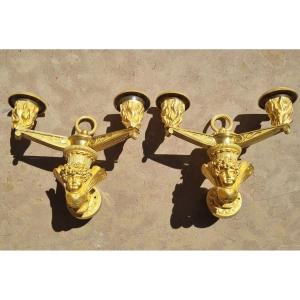



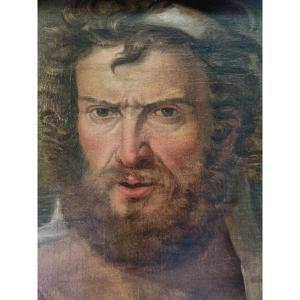

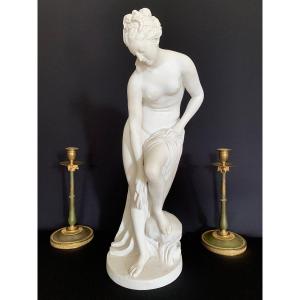
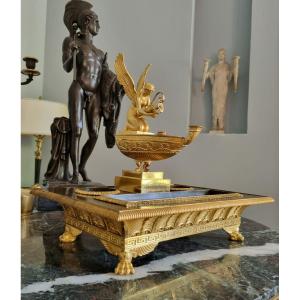
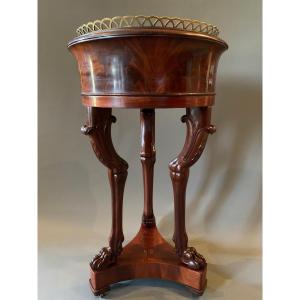
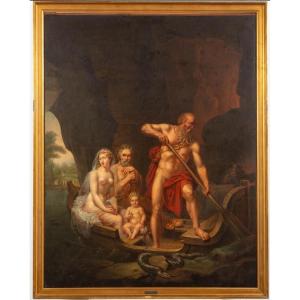


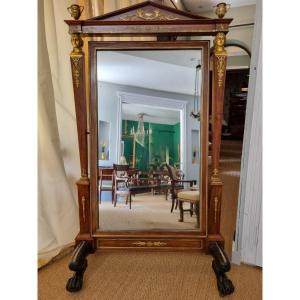
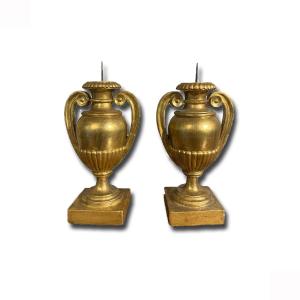
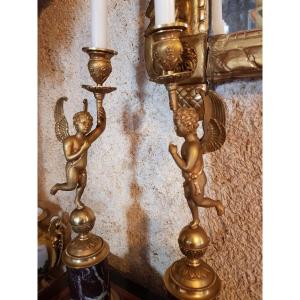

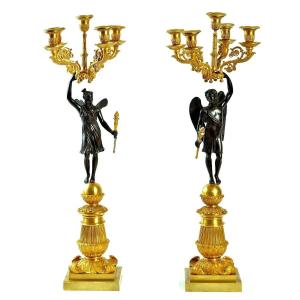
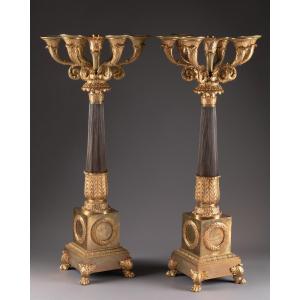




 Le Magazine
Le Magazine Rivista Artiquariato
Rivista Artiquariato TRÉSORS magazine
TRÉSORS magazine